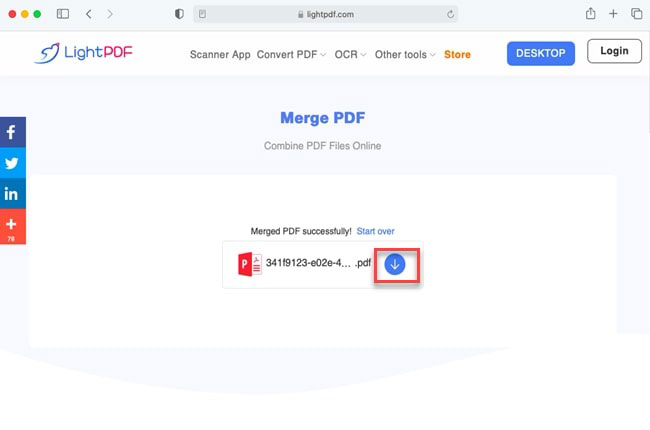

db-shm file is a shared memory file that contains only temporary data. Thus when WAL is enabled each SQLite DB consists of two files on disk that must be preserved, both the. primarykey Use the schema-defined PRIMARY KEY instead of the rowid to pair rows in the source and destination database. dev.db Once youre in the prompt, you can export data as follows. This can be used to add application-defined collating sequences that are required by the schema. To export data, you need to enter the sqlite3 prompt and point it to the location of your SQLite database file (this will sometimes have a. The contents of the WAL are periodically moved to the DB file but this is not guaranteed to occur each time the process exits. Load the shared library or DLL file LIBRARY into SQLite prior to computing the differences. I'm not sure if their existence relates to the bug you point out but the bug report suggests a work-around anyway.īetter documentation about the WAL is here:

These files are a new feature of SQLite 3.7. How SQLite uses them and why they are kept around for so long is up to the authors of SQLite but in general SQLite seems pretty rock solid so I wouldn't worry too much about them. From what I can gather the WAL is a replacement for the rollback journal that enables SQLite to rollback changes when a transaction fails. If you have access to SQLite, you can try to rename db3 to sqlite to see if your database is recognized. If you are manually deleting the main db you should probably delete these too. JanuDatabases Data from most database formats can be easily exported to CSV format, you just need a proper database management program that works with. Merge DB3 files RNS-510 DB3 POI Editor (Online) Load your POI files: Select your DB3 files: File 1: File 2: Enter a file name or create a new POI file. You are correct, these are temporary files created by SQLite.


 0 kommentar(er)
0 kommentar(er)
